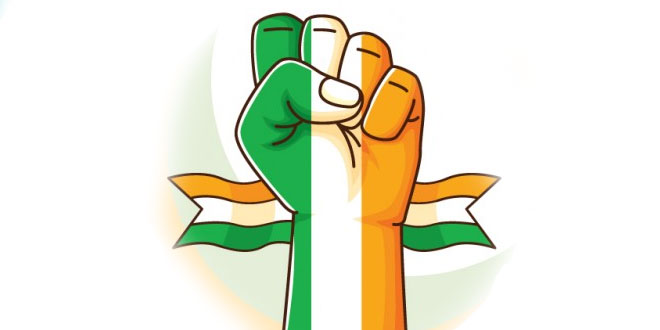Question: What is a government? What are its functions?
Answer: The government is the body that governs or administers a political unit like a country or state.
- The government has the authority to make laws, settle disputes, maintain security and enforce public order and discipline.
- It also provides and maintains public facilities like roads, supply of water and electricity and public transport.
Question: What are the different types of government? Explain each, with example.
Answer: Different types of government are:
- Monarchy: It is a hereditary form of government in which a single ruler (king/ queen, emperor) rules the country. It was the most common form of government during the medieval period. Today there are few monarchies left in the world. Example: Saudi Arabia and Yemen.
- Oligarchy: It is a form of government in which a small group of people holds all the power. Example: Ancient Rome, South Africa when it was ruled only the whites.
- Theocracy: It is a form of government in which a group of religious leaders rule in the name of God and where governance is based on the tenets of that religion. For example: Iran, Vatican City.
- Dictatorship: It is a form of government where a person or group of people, who have seized power by force, rule (often military dictatorship). Example: Germany under Hitler, Pakistan under the rule of General Zia ul Haq.
- Democracy: It is a form of government in which the people govern the country, sometimes directly and sometimes indirectly through their elected representatives. Example: Brazil, United States of America.
Question: Differentiate between totalitarian and democratic governments.
Answer: Difference is as follows:
 Class Notes NCERT Solutions for CBSE Students
Class Notes NCERT Solutions for CBSE Students



Please also tell about political democracy.